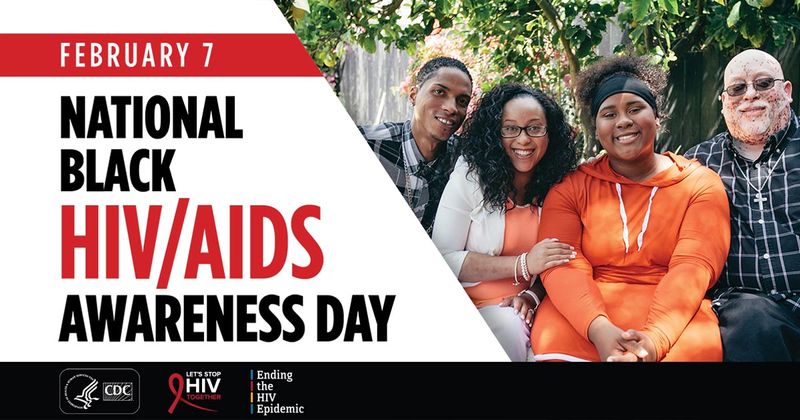5 stories for National Black HIV/AIDS Awareness Day
According to the CDC, in 2018, Black people accounted for 13% of the United States population and 42% of the country’s new HIV diagnoses.
National Black HIV/AIDS Awareness day is held each year on Feb. 7 to increase awareness of efforts to mitigate the burden of HIV in Black communities. This year’s theme, “We’re in this Together,” is meant to encourage people to make efforts to end HIV even when physically separated because of the pandemic.

The CDC is also offering access to its Let’s Stop HIV Together campaign resources via its website to “empower communities, partners and health care providers to reduce HIV stigma and promote prevention, testing and treatment.”
In observance of National Black HIV/AIDS Awareness Day, we compiled stories related to racial inequities in HIV.
HIV prevention programs tailored to Blacks crucial for reducing related disparities
According to data from the Ending the HIV Epidemic: A Plan for America program, Blacks accounted for half of individuals diagnosed with HIV in 2017 and more than 43% of people who were tested for the virus via a CDC funded program. Read more.
HIV gains lag for Black, Hispanic and young MSM in US
According to an MMWR report, Black, Hispanic, Latino and younger men who have sex with men had a more limited decrease in HIV diagnoses than others between 2014 and 2018. Read more.
HIV PrEP uptake increases sixfold in 4 years, still falls short of global goals
According to data from the HIV Research for Prevention conference, PrEP uptake for HIV has jumped sixfold worldwide in the past 4 years but remains short of the 3-million-user target set by UNAIDS. Cost and health care system complexity act as barriers for areas where the HIV epidemic is prevalent, particularly among Black and Latino men who have sex with men. Read more.
Insurance type affects persistence with PrEP
A study published in Clinical Infectious Diseases found that more than 50% of individuals with commercial insurance who started PrEP persisted with the regimen for 12 months, whereas just one-third of individuals persisted who had Medicaid. Black race was found to be correlated with shorter PrEP persistence. Read more.
Multimorbidity prevalence increases among older people living with HIV
A report published in Open Forum Infectious Diseases found that multimorbidity prevalence in older patients living with HIV increased between 2006 and 2016 in one Ryan White HIV/AIDS Program clinic. Black participants were found to be less likely to be engaged in care than non-Black participants. Read more.
Reference:
CDC. HIV and African American people. https://www.cdc.gov/hiv/group/racialethnic/africanamericans/index.html. Accessed February 4, 2021.
